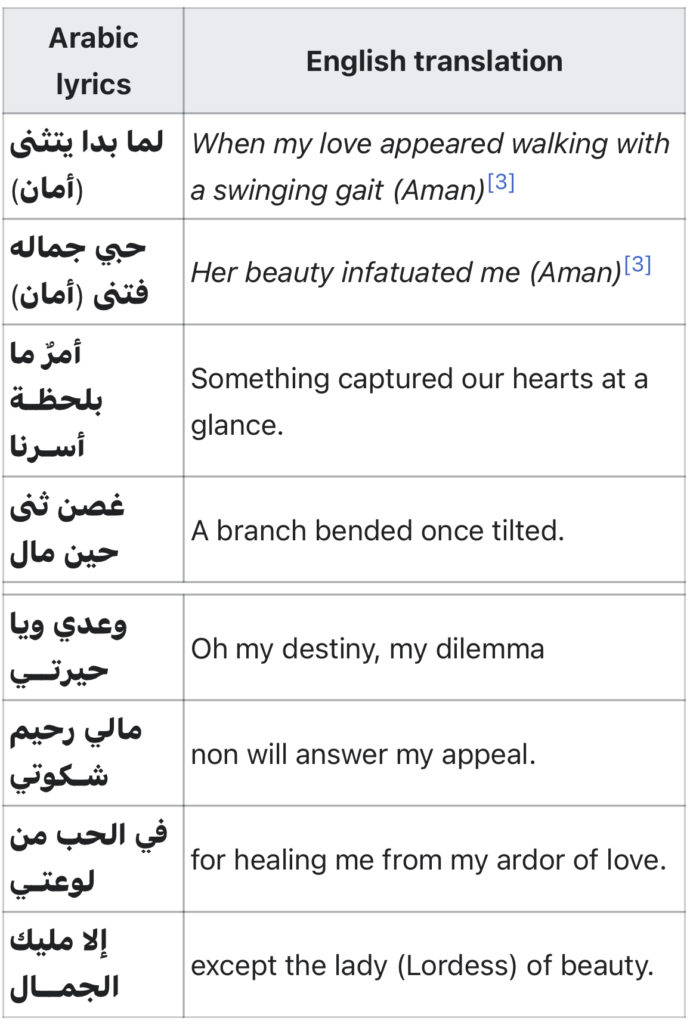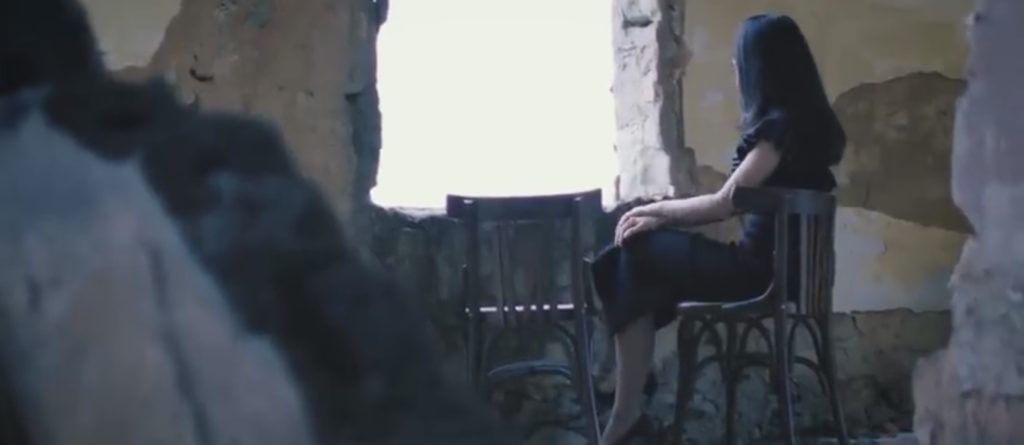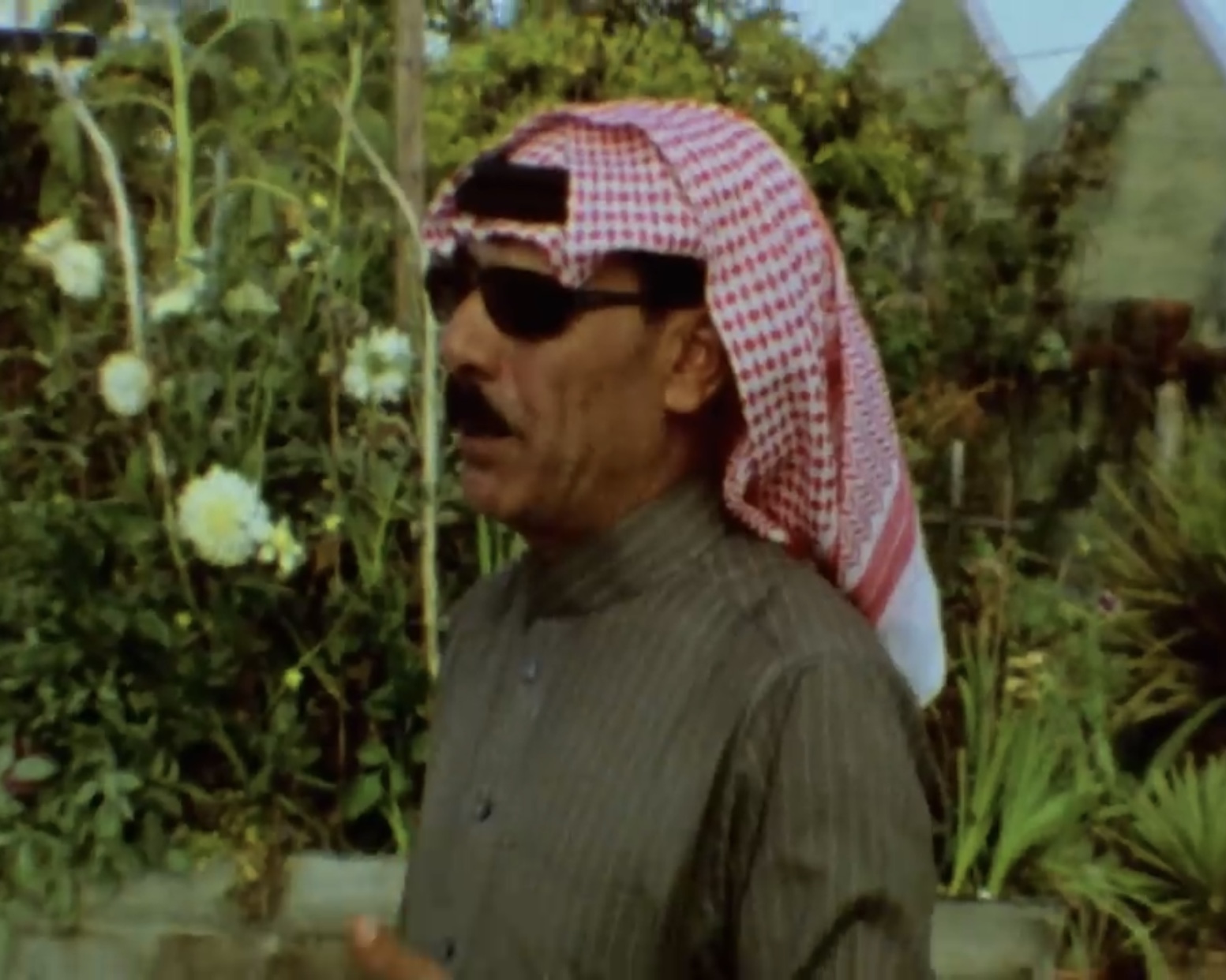Nestled in the heart of the Middle East, Syria boasts a musical tradition as diverse and captivating as its ancient history. Its melodies and rhythms are woven with threads of Arab, Persian, Turkish, and Kurdish influences, creating a unique musical tapestry that is both timeless and contemporary. From the haunting strains of classical Arabic compositions to the vibrant beats of modern Syrian hip-hop, the country’s music reflects the soul of its people, telling stories of love, longing, and resilience.
In the realm of classical Syrian music, the oud reigns supreme. Its melancholic tones have resonated through the centuries, evoking a sense of nostalgia and profound emotion. One iconic example of classic Syrian music is the renowned composition “Lama Bada Yatathanna,” a Muwashah – an intricate form of Arabic poetry set to music. This piece, dating back to the Andalusian era, is a testament to Syria’s historical depth, with its intricate melody and poetic lyrics serving as a gateway to a bygone era. The lingering notes of the oud and the soul-stirring lyrics transport listeners to the splendour of ancient Damascus, embodying the essence of Syrian musical heritage, influenced by centuries of literary and poetic traditions.

In the realm of contemporary Syrian music, artists have adeptly fused traditional elements with modern influences, creating a dynamic musical landscape. One shining example of this fusion is the work of the acclaimed Syrian singer Faia Younan. With her mesmerising voice and poetic lyrics, Faia has revitalised traditional Syrian melodies, infusing them with a modern twist. Her song “To Our Countries” seamlessly blends classical Arabic motifs with contemporary arrangements, creating a powerful anthem that resonates with audiences worldwide. Through her music, Faia captures the essence of modern Syria, celebrating its rich cultural heritage while embracing the challenges and aspirations of the present. This blending of musical styles echoes the multicultural nature of Syria, shaped by centuries of diverse literary and poetic influences.
Syrian music is not confined to the auditory realm alone; it finds resonance in the visual arts as well. Cinematic influences have played a significant role in shaping the narrative of Syrian music videos. Many artists draw inspiration from the rich tapestry of Syrian history, incorporating elements of ancient architecture, traditional clothing, and historical events into their visual storytelling. This fusion of music and cinema creates a multi-sensory experience that deepens the audience’s connection with the music, reflecting the intertwining of artistic expressions in Syrian culture.

Furthermore, Syrian music is not immune to the currents of politics and society. It has been a powerful tool for political expression, capturing the sentiments of the people during times of upheaval. Political influences have seeped into the lyrics of many songs, addressing themes of social justice, freedom, and resistance. Musicians have used their craft to shed light on pressing political issues, amplifying the voices of the marginalized and inspiring social change. In this way, Syrian music becomes a conduit for political discourse, reflecting the nation’s resilience and the determination of its people to be heard.
“Qudud Halibyaa,” entrenched in the muwashshah tradition, harmoniously blends intricate poetry with soul-stirring music, carrying the weight of centuries with each note. It stands as a living testament to Syria’s cultural brilliance, embodying a nation’s profound reverence for its artistic legacy. In the hands of contemporary musicians, this classic composition experiences a vibrant revival, bridging the gap between eras. Collaborations between artists and scholars breathe new life into its verses, ensuring its essence transcends time. Lena Chamamyan epitomises this fusion, seamlessly integrating classical Arabic melodies with modern arrangements, creating a musical landscape rooted in tradition yet driven by innovation.

Meanwhile, artists like Omar Souleyman infuse traditional dabke music with electronic beats, transforming it into a dynamic expression of modern Syria’s pulse. Through their music, these artists convey the narratives, struggles, and aspirations of their people, not only to local audiences but to the global stage. This evolution of Syrian music showcases its ability to be a powerful canvas for social, political expression, and cultural continuity, reaffirming its significance in the contemporary world.
As Syria navigates the complexities of the modern world, its music stands as a beacon of cultural identity, reminding the world of the nation’s rich heritage and unwavering spirit. Whether in the timeless strains of classical compositions or the innovative sounds of contemporary artists, Syrian music continues to captivate hearts and minds, transcending borders and language barriers. It serves as a testament to the resilience of a people who, despite the challenges, continue to find harmony amid discord. In every note, Syria’s music tells a story – a story of heritage, hope, and the unbreakable spirit of its people, shaped by centuries of literary, poetic, cinematic, and political influences.

